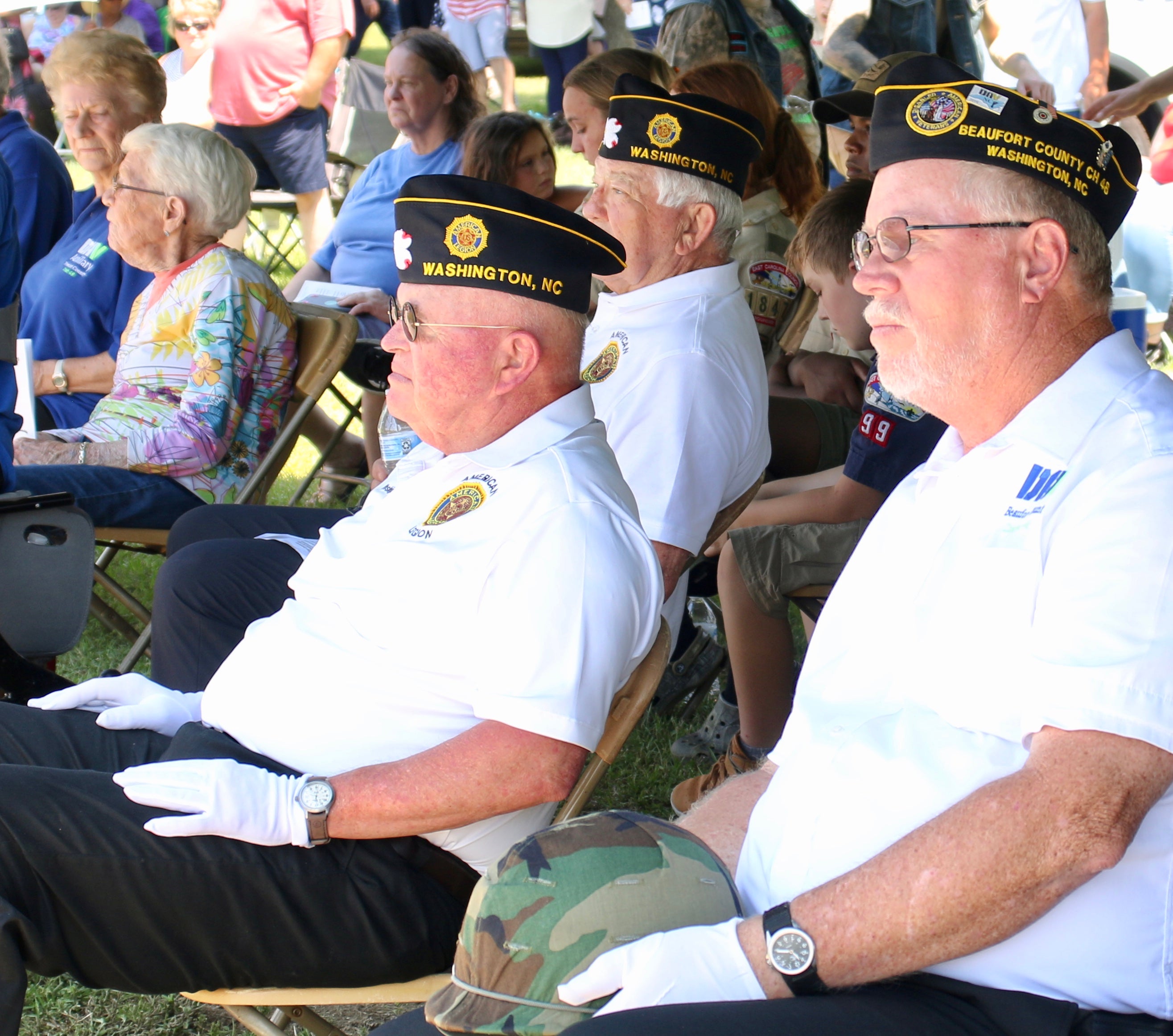Economic woes affect Historic Bath Site|Mowing, hours of operation cut back
Published 8:53 am Saturday, July 25, 2009
By By KEVIN SCOTT CUTLER
Lifestyles & Features Editor
BATH — It seems that even the past isn’t immune to the struggling economy and the budget cuts of today.
The Historic Bath State Historic Site has had to roll with the punches, cutting back hours of operation and mowing the premises less frequently than before, said site manager Leigh Swain.
“Unfortunately, hard times lead to casualties,” Swain said. “For Historic Bath Site, that translated into the need to cut back on the days we are open, losing four hours on Sunday afternoons and summer schedule Mondays — we are already closed during winter Mondays. While it can never make us happy to have to take these measures, it was necessary.”
The site lost a temporary employee in April, and the state was unable to fill that position, Swain said, even though local donations were in place to fund that job.
“The site has a wonderful support group, the Historic Bath Commission, and they have been faithful in providing funding to help with our temporary employees,” Swain said. “But their hands are tied since they cannot pay workers directly, and we certainly understand that all employees must be paid and covered by the state.”
When it came time to work out the reduced hours of operation, Swain was guided by requirements that apply to all Division of Historic Sites’ locations. The policy is that all sites be open Tuesdays through Saturdays from 9 a.m. to 5 p.m.
“This standardized schedule allows visitors to go anywhere in the state and find consistency throughout all state historic sites,” Swain said. “Any hours offered beyond that expectation were to be supported by local groups.”
Ironically, even though the site’s hours are reduced, the number of visitors this year is up from last year. According to Swain, the Historic Bath State Historic Site welcomed 2,271 visitors last month; in June 2008, that number was 1,493. Last summer’s higher gas prices could be a contributing factor, she said.
When it comes to mowing the premises, the site had to reduce its frequency by 50 percent, Swain noted.
“This is part of a statewide effort to be good stewards of our resources by implementing a lawn maintenance plan,” she said.
From a historical perspective, taller grass may be more conducive to the atmosphere of Colonial times.
“While we are located within town limits and cannot let the grass grow into historically accurate meadows, you will notice taller grass than you might be used to seeing,” Swain said.
A Historic Bath holiday tradition will continue despite the economy.
The site’s Christmas Open House takes place the second Sunday in December, and even though the current schedule calls for the site to be closed that day, Swain said the event will be held Dec. 13 as planned.
When it comes to sharing their love and knowledge of history, it’s business as usual for Swain and the rest of the site’s staff.
“While it may be disappointing to visitors who arrive to find us closed, I am proud of the experiences that they will still be able to have in Bath,” Swain said. “Bath is a very beautiful and walkable quaint village. Outside our visitor center, we keep a supply of informational and walking tour brochures.
“In recent years, we have added a couple of wayside markers — one at the state dock area about a steam engine and early industrial Bath, and another on Front Street at the earlier location of the AME Zion Church which stood on the waterfront,” she said. “That marker describes the church history and features the original bell. At some point in the future, we will have additional interpretive space found at Lawson Walk, the town’s green-space project being developed for Bowen Avenue. Of course, St. Thomas Episcopal Church is North Carolina’s oldest remaining church, and they invite guests to attend services or visit inside its historic walls at any time.”
More stories on how the economy is affecting area attractions will be featured in future editions of the Washington Daily News.



